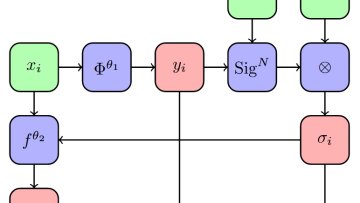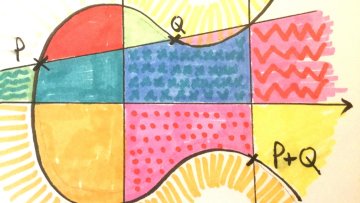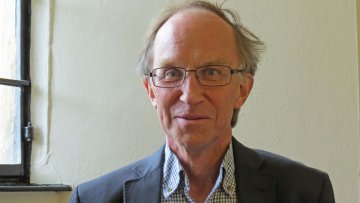A wetting model in the continuum
Abstract
In this talk I will introduce a continuous wetting model consisting of the law of a Brownian meander tilted by its local time at a positive level h, with h small. I will prove that this measure converges, as h tends to 0, to the same weak limit as for discrete critical wetting models. I will also discuss the corresponding gradient dynamics, which is expected to converge to a Bessel SPDE admitting the law of a reflecting Brownian motion as invariant measure. This is based on joint work with Jean-Dominique Deuschel and Tal Orenshtein.




